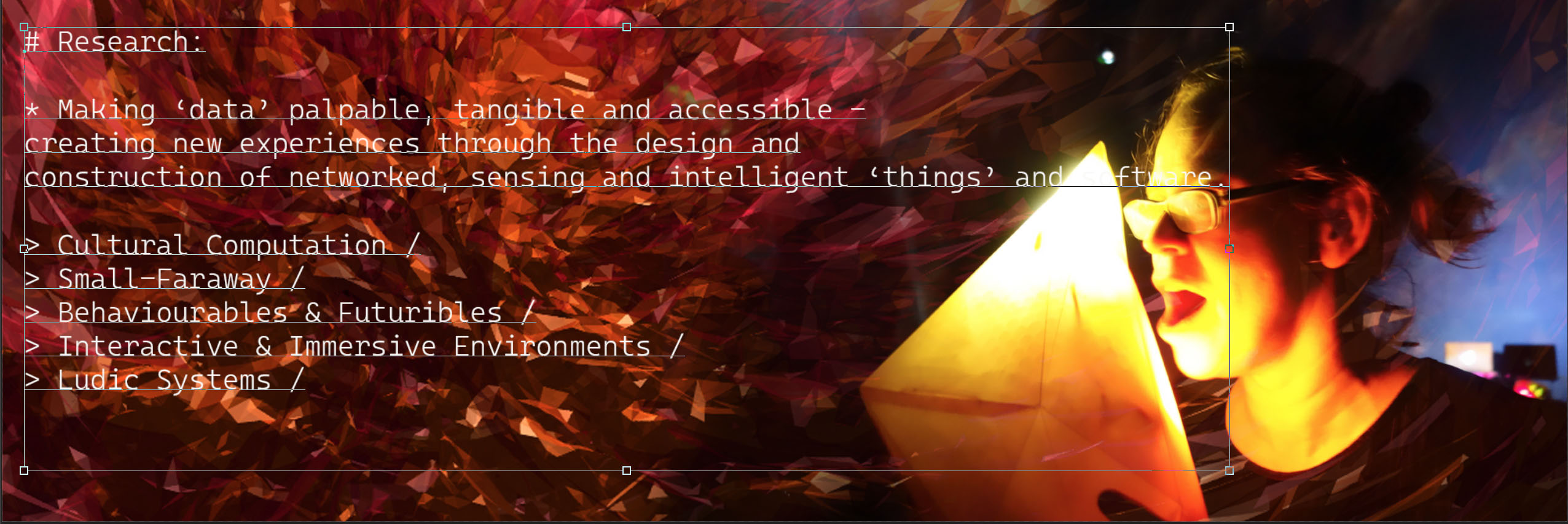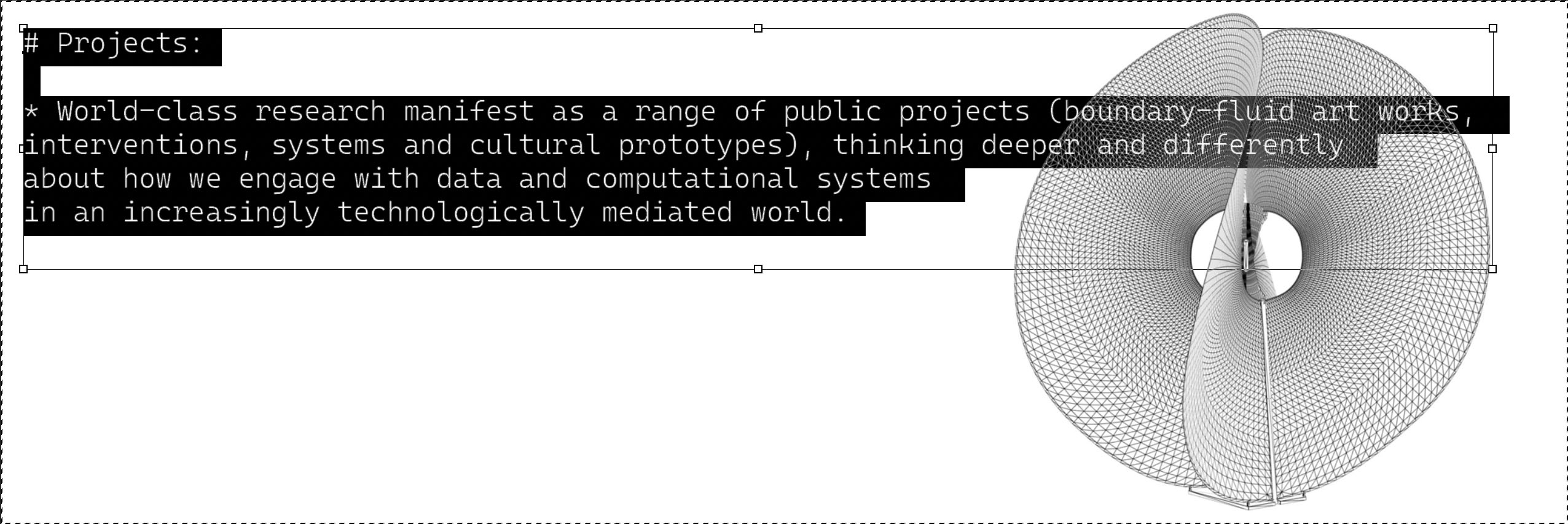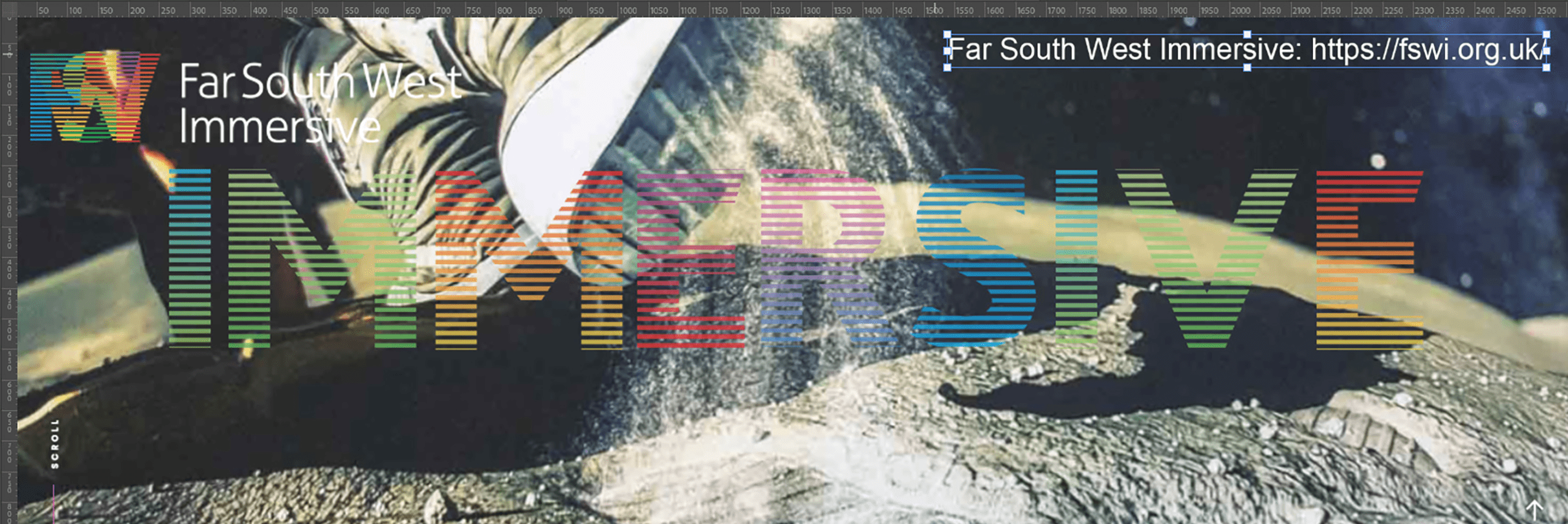
ARTORY: http://www.artory.co.uk/
We’re measuring the mood of arts audiences in a ground-breaking piece of technology to be launched later this year that has really got the feel-good factor.
Earlier this summer, the Qualia system we helped to develop powered the official app for the Flux Festival in Liverpool. Now we’re working on an iteration that will benefit our city (although we can’t reveal too many details just yet).
We’re working in partnership on a project that will measure the feelings of audiences who’ve witnessed art and culture events.
The pilot mobile phone app also includes an incentive engine that encourages audience members to leave feedback, benefiting arts organisations with real-time analytics and mood-accurate feedback, whilst audience members receive points towards offers in participating venues.
Common arts evaluation techniques suffer by being disconnected and after the event, relying on enthusiastic audience members who usually have to fill in a post-show form.
Our system ‘captures the rapture’.
Qualia harvests dynamic data through a live dialogue with audience members, proposes a more meaningful qualitative evaluation, capturing the emotional experience of the arts and visually displaying how audiences are feeling.
Arts organisations will be able to see how their audiences are feeling and discover how they are engaging with the piece or the exhibition in real-time.
We think that by measuring audience moods and sentiment, we get a more accurate response – and that the results of our emotional evaluation could influence arts creation, programming, curation and funding in the future.
Like most i-DAT technologies, the Qualia system (developed in tandem with Cheltenham Festivals and the University of Warwick) is open source, allowing organisations to freely install and modify the code under the GNU GPL license. Qualia has been made available to the cultural sector through the GitHub hosting service and will be continued to developed and tailored in response to the community’s needs. It was first launched at the Cheltenham Science Festival.
Said i-DAT’s Creative Director Birgitte Aga: “This is only the beginning of manifesting and sharing emotional experience of audiences through the cloud, not only with funders, producers and curators, but also with audiences, in a real-time evolving dialogue.”
Birgitte says asking the audience might provide information that could be tough to hear for artists and organisations. “Can we, producers and curators of the arts, deal with the level of reality this reveals? Can we warmly embrace the emotions of the crowds which will lie somewhere in the cloud?”






You must be logged in to post a comment.